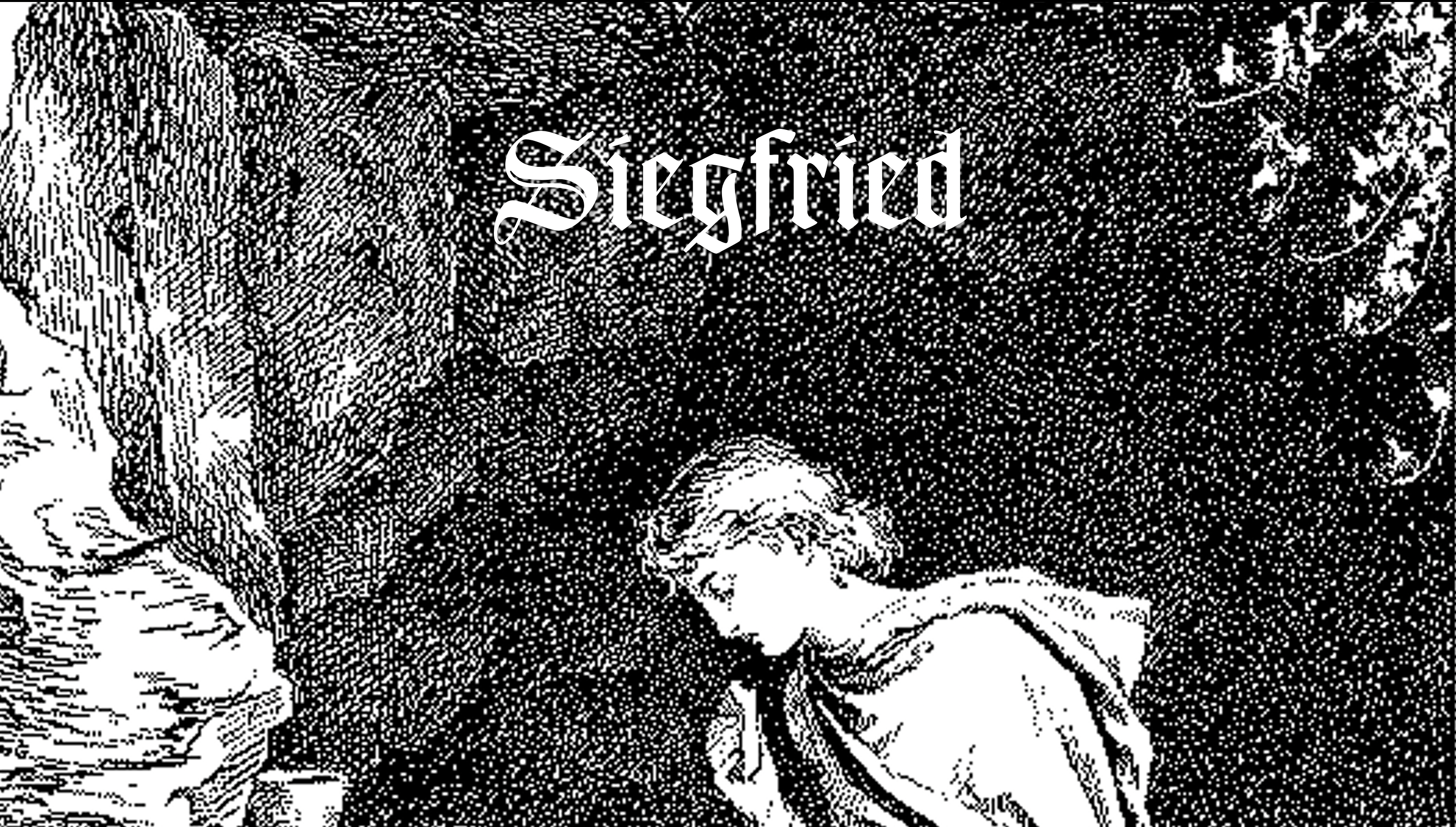
Siegfried is a work of serialized historical genre fiction set in the town of Pettau (present-day Ptuj, Slovenia) at the turn of the 13th century.
The titular character Siegfried is born a bastard, the product of a violent affair between the lord's steward and a laundress. Half-German, half-Slav, half-serf, half-ministerial, as a boy he overcomes the fraught circumstances of his birth and acquires remarkable skills in mathematics, language, and the martial arts. The political and economic benefits of a man who can do large sums and speak the language of peasants are immediately apparent to not only Siegfried's father, who aims for his only son to replace him as steward, but the young, Byronesque lord, Frederick III of Pettau.
Frederick thus sets Siegfried on the path to ministerialage, one that puts him in the company of itinerant poets, prince-bishops, illustrious dukes, Teutonic Knights, conspiratorial nobles, surly maidens, and unfaithful wives. Driven by profound maternal and religious guilt and an acute sense of class consciousness, Siegfried returns to Pettau and tries to reconcile the humble world into which he was born and over which he later administers with the dazzling one of political intrigue and wealth he has been invited into. But boundaries are boundaries for a reason, even at the far-flung, unsupervised margins of Empire.
While some of the characters in Siegfried are based on real historical people, including the Lords of Pettau and other ministerial families, considerable liberties have been taken in the writing process. Instead of listing who or what is real and who or what is not, suffice it to say that the events and people here deviate significantly from historical record. Everything should be considered a work of fiction.
In writing Siegfried I wanted to take the role of itinerant storyteller and create a work that could be added onto freely and intuitively. In doing so, I've combined elements of storytelling common in the High Middle Ages (especially in the Germanic tradition, e.g. Dietrich of Bern, Parzival, the Nibelungenlied) such as the rapid introduction and description of characters, sudden changes in perspective, and exaggeration with more contemporary material (an essayistic tone, extended dialogue, inner monologue, explicit sexuality, etc.)
An interactive map is available of the castles and families of Slovenian Styria during the 13th century via the button at the bottom of the page. I'm presently working on a less crowded map for use specifically with this story.
All images are Fair Use and have been sourced from discmaster or from the 17th century linocuts of G. M. Vischers' Topographia Ducatus Stiriae.
A running list of characters and other references can be found here.
Please note that this piece opens immediately with explicit depictions of sexual violence. Generally speaking, this is a work with violent and sexual material.


